How To Record A Podcast From Multiple Locations
Modern tech advances have come a looooong way. In the podcasting world specifically, new tech has given us the gifts of crystal clear audio, video podcasting capabilities with excellent image, and even the ability to record podcasts from multiple locations.
Being able to record a podcast from multiple locations means you can now record interviews remotely. That guest who lives too far away? That celebrity that couldn’t fit a trip into their busy schedule? No longer a problem!!!
With remote recording capabilities, you can now book guests who are difficult to interview in person. And better yet, it also allows you to host several guests from different locations all over the world – all at once.
As with most things in the podcasting world, even with all these pros, recording remotely still comes with some challenges. So, we’re dedicating this blog to sharing our practical tips on how to SEAMLESSLY record from multiple locations.
How To Record A Podcast From Multiple Locations
There are FOUR main ways to record a podcast from multiple locations. For each method, we’ll cover the pros and cons, the basic equipment you’ll need, and some tips for ensuring professional grade audio.
Local Recording + Editing
Let’s start with the most complex, and probably the most time-consuming option. Each guest records locally and then the audio is matched up in editing later. (Here are some of our top editing tips.)
Since you’ll be editing the pieces together, a quality editing software is basically a given. This method also requires a good microphone and a good recording environment on both ends. If either of these are lacking, you can expect lower quality audio.
The benefits of this method include that it can produce professional grade audio and that it allows your guests to record in a more comfortable environment. However, downfalls include that your guest probably won’t have quality podcasting equipment. And, to put it plainly, there are just better and easier ways to go about remote recording nowadays.
Best Podcast Software For Local Recording:
Audacity
Audacity allows users to record from multiple channels, meaning they allow recording from multiple locations. Podcasters turn to Audacity for local recording because it’s free, easy to use, and has built-in editing features.
Logic Pro
Logic Pro is basically a complete professional recording studio for Mac users. Since tons of people use Mac, and your guests probably will too, this is a great option for ensuring good sound quality on both ends.
Video Conferencing Software
If your guests don’t have access to quality podcasting equipment (which like we mentioned before is probably the case), utilizing a video conferencing software is a great second option. It’s a way to record from multiple locations without the hassle of extra equipment or expertise.
To record via a video conferencing software, you’ll need a good microphone (for the host), some quality noise-canceling headphones, and a good recording environment on both ends. Equally as important, you’ll need a strong and secure wifi connection to prevent disruptions.
The highlights of this method include that your guest(s) won’t require any podcasting equipment, they’ll be more familiar with the software, and you won’t have to piece together your audio. Plus, with some video conferencing software, you can record up to 100 participants at once (maybe more!) Still, your audio won’t be top notch, because after all, it’s a video conferencing software – not a remote recording software.
Best Video Conferencing Software For Remote Recording:
Iris
Rather than being a downloadable recording software, Iris is an all-in-one recording studio in your browser. It records separate HD video and audio tracks for each participant and works on any browser or device. Iris also offers secure video meetings and live broadcasts to Youtube, Twitter, and Facebook. What we love most about Iris is that the user interface was created specifically for podcasters. See more features at the link above.
Zoom
Zoom is a well-known video conferencing platform, trusted by millions of professionals, and large and small businesses across the country (and even internationally). It’s a great place to host interviews, as well as larger virtual events. Like Iris, Zoom offers HD video quality and excellent audio quality, but only when both parties have a secure internet connection. With plenty of free and paid plans, you’re sure to find the right plan for you. For more on recording a podcast on Zoom, click here.
Skype
Everyone’s used Skype at least once, right? If not, it’s really similar to Zoom, but less of a conference room feel. While it has millions of daily users, most use this software for day-to-day communication, rather than professional purposes. Still, features include crystal clear audio and HD video, secure messaging and video calling, and even screen sharing. Plus, it works on all your devices. For all these reasons, Skype is a great option for any podcaster who wants to record from multiple locations.
Remote Podcast Recording Software
Time to talk about the easiest and most-preferred method of recording a podcast from multiple locations – using a remote podcast recording software. For those that can afford the small investment each month, this is the method we recommend for all podcasters alike.
Basically, the remote recording software records each person individually, and then automatically syncs up the audio so you don’t have to. Easy peasy, lemon squeezy. However, for this option, everyone will need a quality microphone, a good recording environment, and a strong internet connection.
The obvious pros of this method is that all the hard work is done for you and you can expect crystal clear audio (and video, depending on your chosen software). No matching up audio and no super heavy editing. Cons include that your guests might not have access to a good microphone, and that they might be a bit less familiar with this type of software.
Best Podcast Software For Remote Recording:
Zencastr
Used by Netflix, Spotify, BBC, CBS, and more popular names in the game, Zencastr comes highly recommended. And it’s clear to see why, since they are an all-in-one podcast platform that makes things easy for new and experienced podcasters alike. They offer video capabilities, unlimited audio distribution, and so much more. Check out their plans and pricing for more information.
Squadcast
Like Zencastr, Squadcast also comes highly recommended by big names like Microsoft, ESPN, and Google. Squadcast automatically records each audio track separately, uses a browser-based interface (no downloads), and even offers a free trial. Features also include auto-save and backup, so you never have to worry about losing your content.
Spreaker
Spreaker offers everything you need to produce, grow, distribute, monetize, and measure the progress of your podcast. Their recording app makes recording new podcast episodes and interviewing guests around the world a breeze. With in-app Skype integration, you can record high-quality audio and video with confidence. More info on Spreaker, here.
Alitu
Alitu is another all-in-one podcasting tool that allows users to record, edit, and publish with ease. This software offers remote recording that’s perfect for podcasters that host multiple remote interviews – with no extra equipment and no need to download extra audio files.They even have an auto-polishing feature, which removes background noise and levels volume. See more pricing and feature info, here.
Recording Phone Calls Via a Mixer
The fourth and final option on our list today is to record phone calls via a mixer. Basically, you plug your phone into the mixer during the interview. Then, the mixer allows this audio to be picked up by your audio editing software. Yes, it’s that simple.
For this method, you’ll need a mixer, XLR microphones (different from USB), a phone, and a good recording environment on both ends of the conversation. Keep in mind that no matter how clear the phone’s audio is, it’s still only as good as phone audio. Still, this is a good option for anyone who already has a mixer and isn’t worried about adding video content.
The main benefit of this method is that you have more flexibility over what you can record, aka – no extra programs running in the background. However, mixers can be a bit of an investment, ranging in price from $400-$600. And like we mentioned, there’s no video option. So, keep these factors in mind when choosing your preferred method. More on the best mixers for podcasting, here.
Best Mixers For Remote Recording:
RODECaster Pro
We’ve heard such good things about the RODECaster Pro, which is why we recommend this mixer to anyone building their own, at-home studio. With 4 XLR microphone inputs, Smartphone, USB and Bluetooth channels for remote call integration, and the ability to load up to 64 sounds (WOW!), it’s easy to see why podcasters love this mixer.
PreSonus StudioLive AR8c
Another excellent mixer that comes highly recommended by podcasters is the PreSonus StudioLive AR8c. It operates at up to 96 kHz for high-definition mixing and recording, offers 6 inputs for more flexible recording, and is compatible with tons of mobile devices. The PreSonas comes at a slightly cheaper price than the RODECaster Pro, but it’s still very capable.
Choose the method that’s right for you, and record from multiple locations with ease.
No matter which method you choose, remember to keep your most important factors in mind. Would you like to record video and audio at the same time? Sounds like a mixer is probably not for you. Don’t want to edit all the pieces together? Sounds like method one isn’t the right choice. Take some time to think about the features and capabilities you need, and make your decision from there.
Until next time, we encourage you to check out the Dear Media Blog. There, you’ll find TONS more blogs like this one that will equip you with the knowledge and expertise you need to start a podcast and ensure its success. See you there!





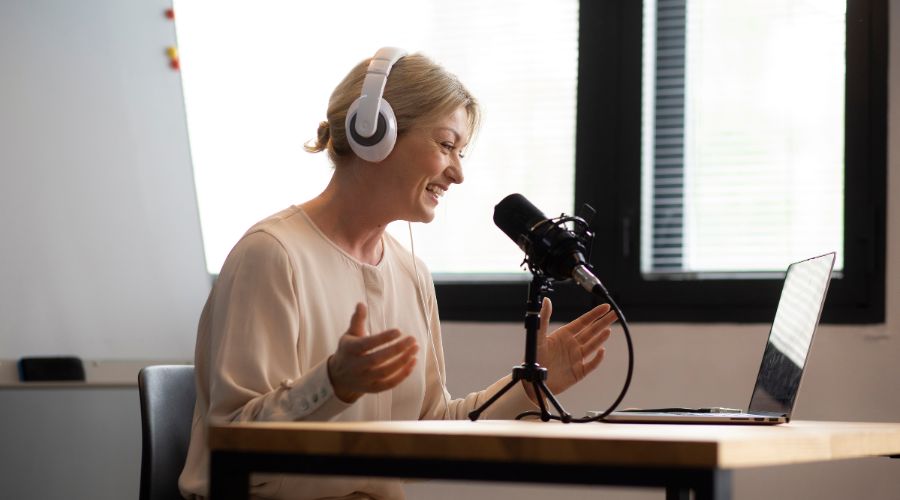
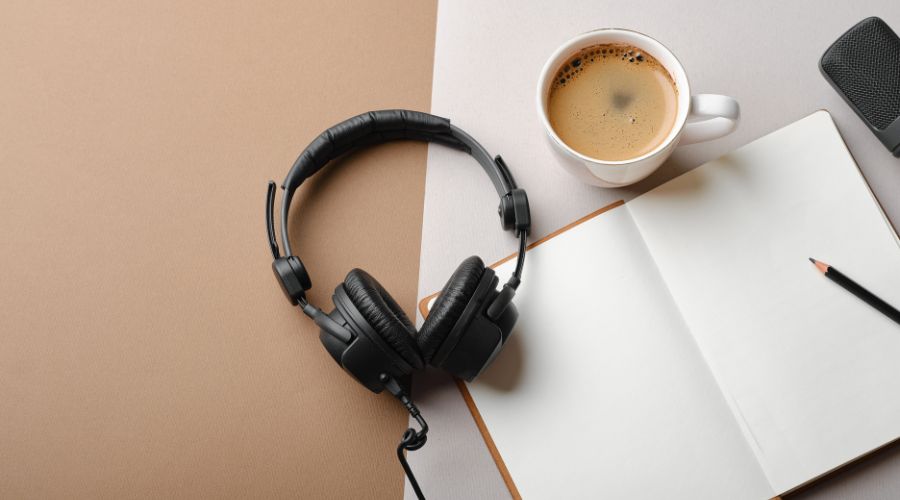

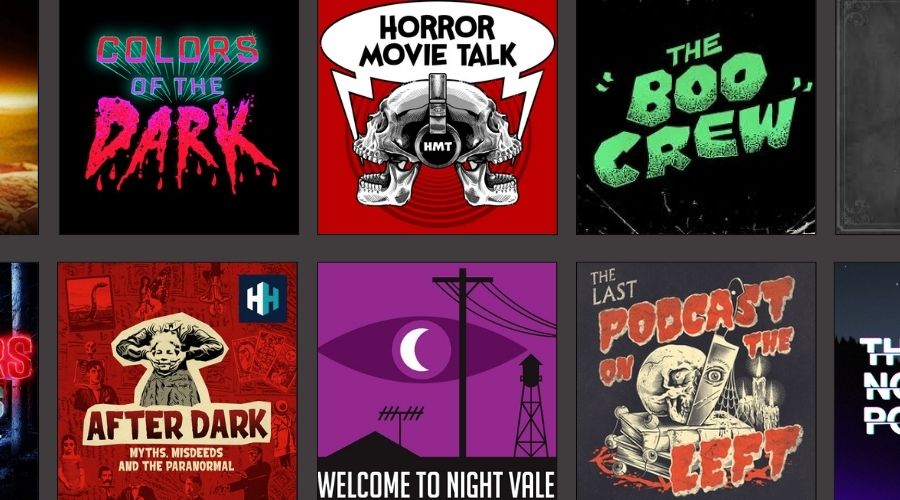



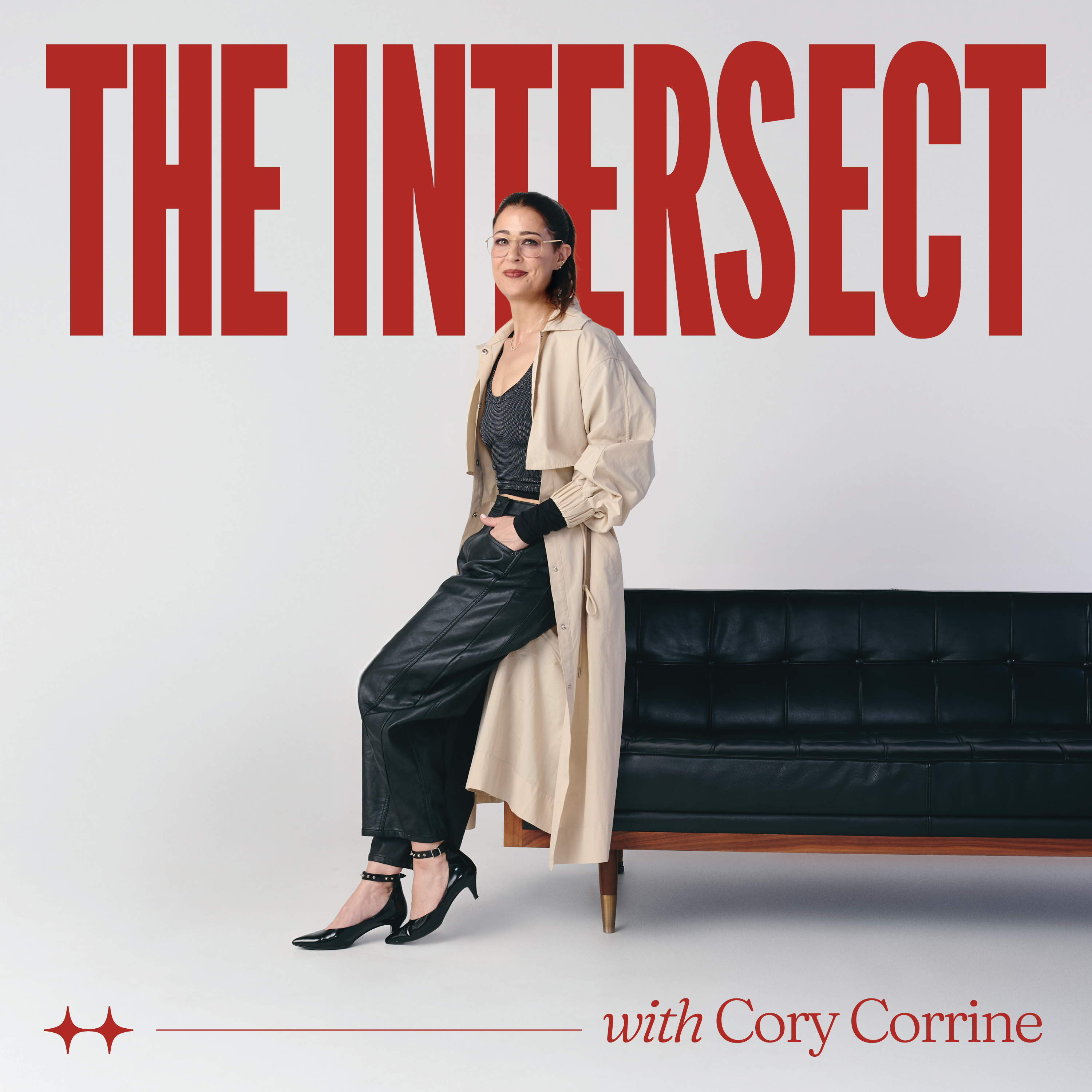
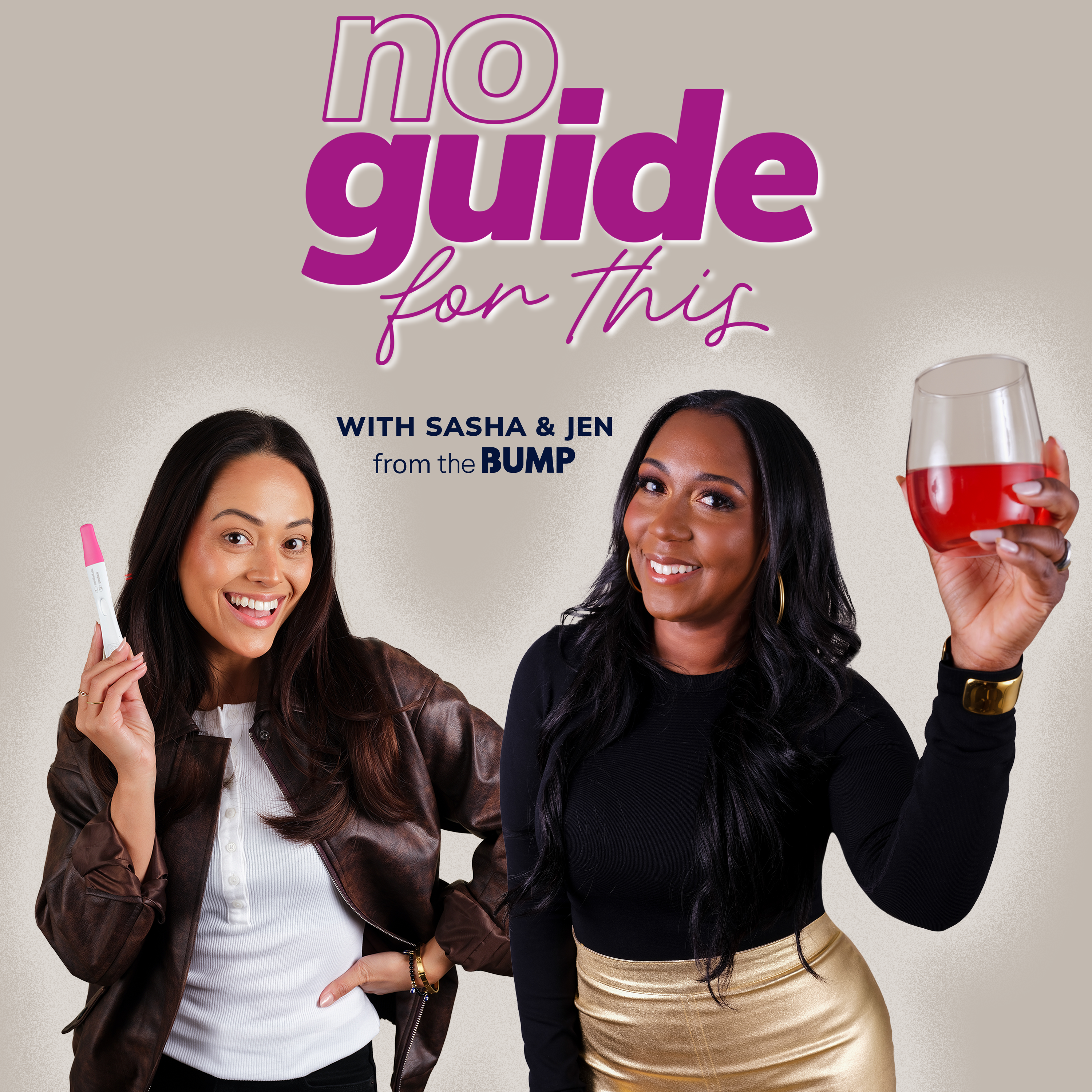

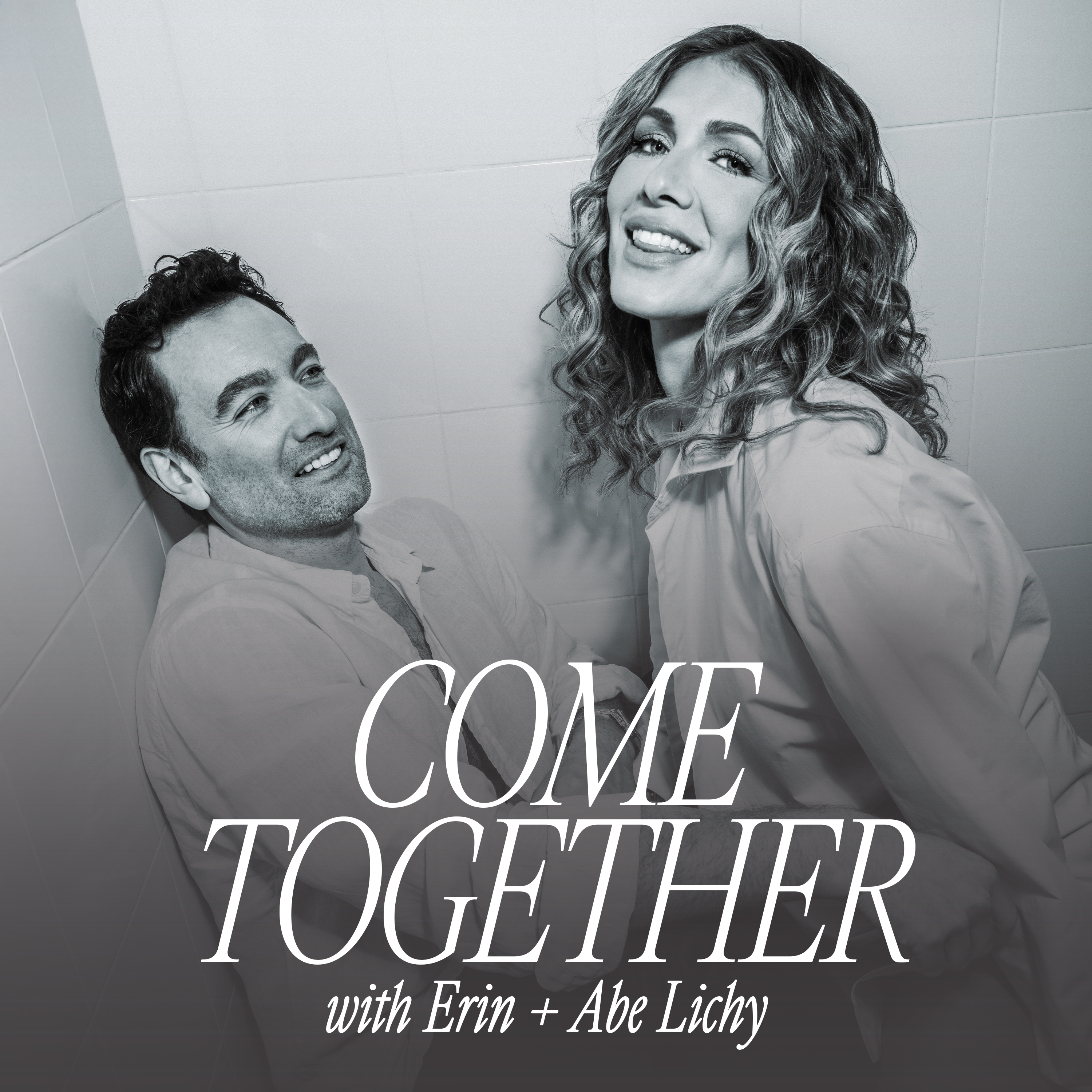




Leave a Reply